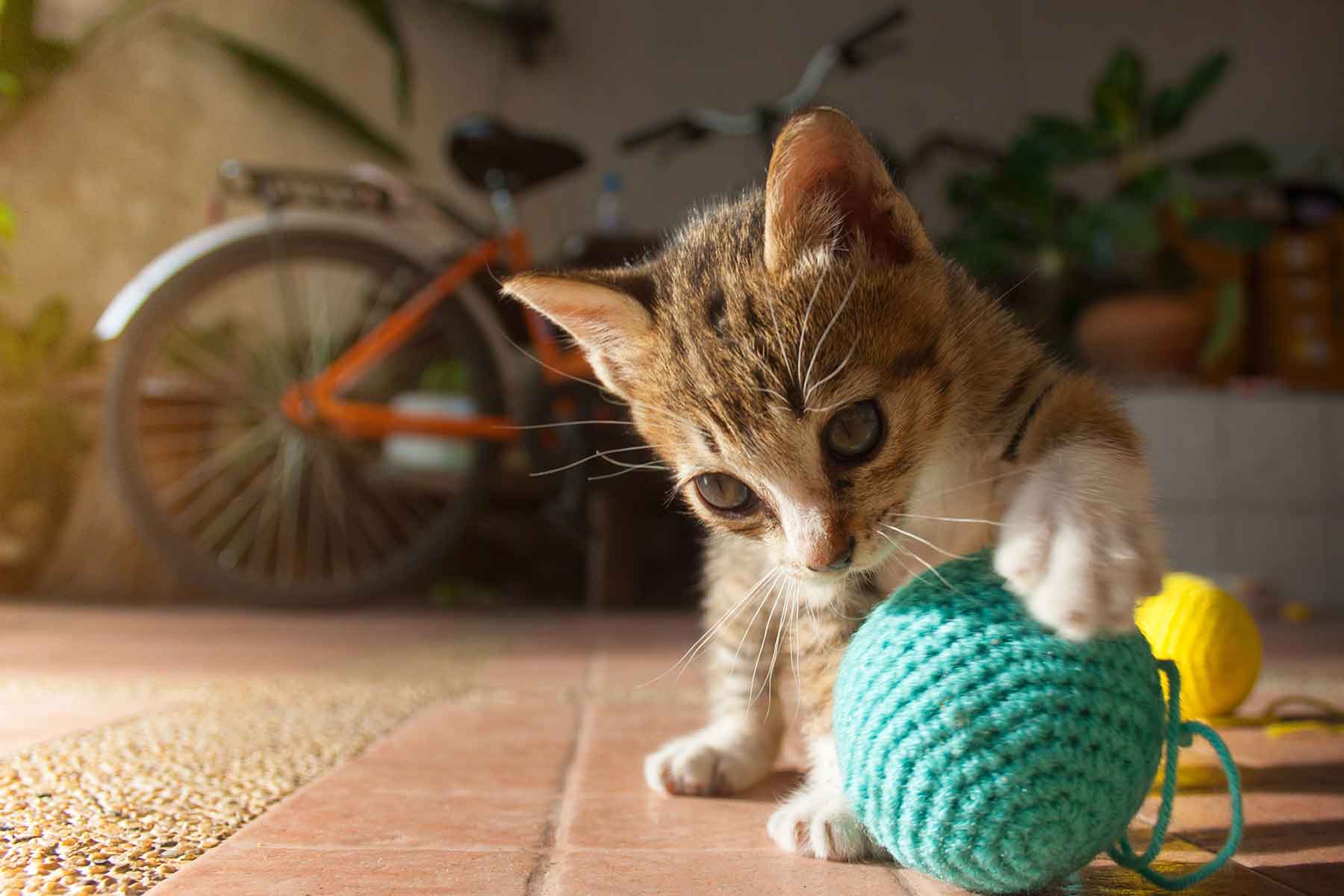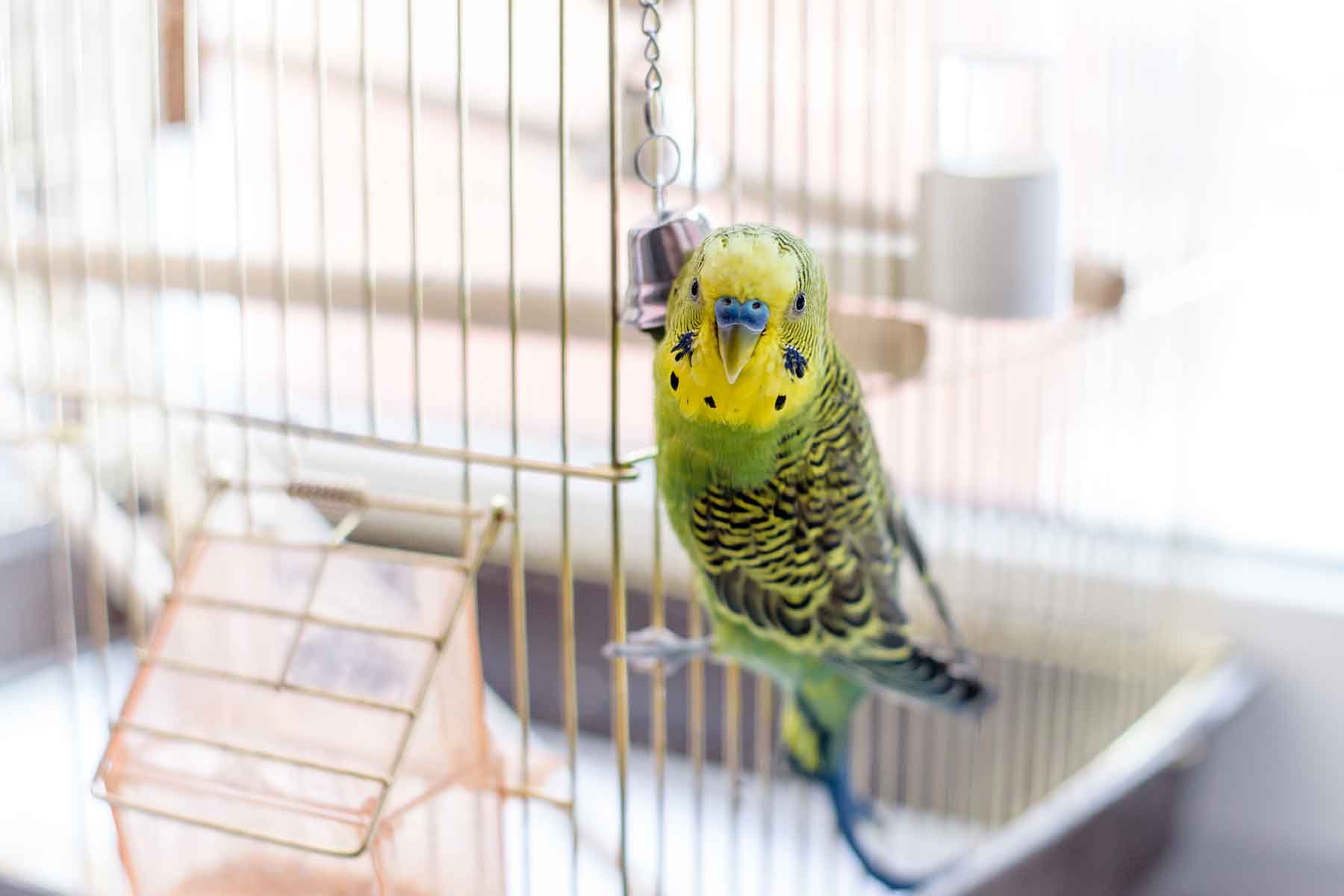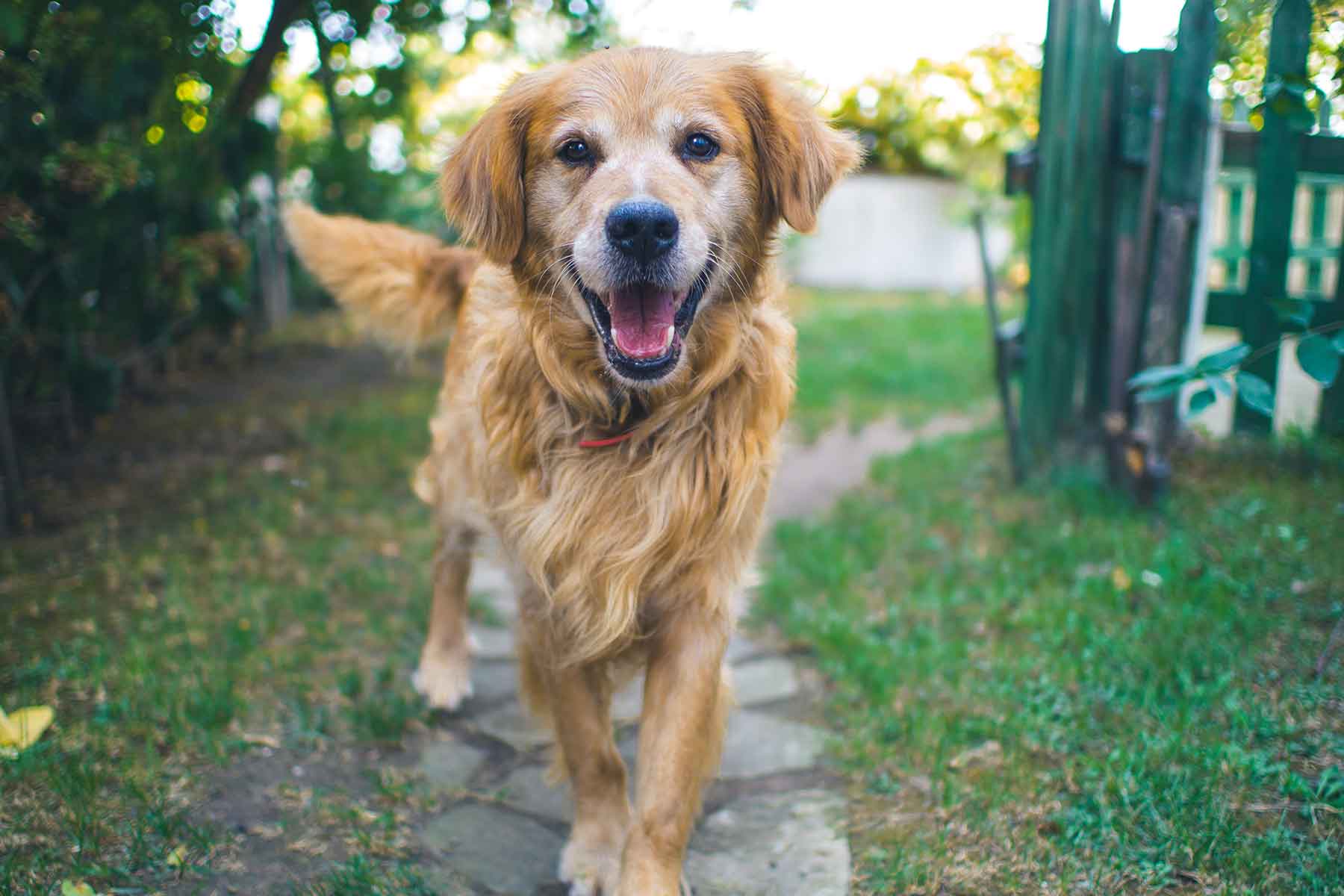Cardiomyopathy is a term used to describe diseases of the heart muscle. In cats, three classes of cardiomyopathy have been described: hypertrophic, dilated and restrictive cardiomyopathy. However, more commonly cats will have an intermediate form which can be a combination of the above forms. In all classes, the heart disease usually results in clinical signs of heart failure and may be seen as a primary condition or secondary to other diseases.
What are the clinical signs seen with cardiomyopathy?
In the early stages of heart disease, cats often don’t show any signs that they are unwell – they manage to cope due to well developed compensatory mechanisms and by altering their activity levels. This often means that it is not until the disease is well advanced that we realise there is a problem and diagnose a cardiomyopathy.
Most of the clinical signs are associated with part of the underlying pathology and problems that can develop secondarily to the heart disease. These include:
- Anorexia (not eating)
- Weakness/ lethargy
- Depression
- Difficulty breathing, increased respiratory rate
- Paralysis of the back legs
- Blindness
The major long term concerns with all types of cardiomyopathy are:
Development of congestive heart failure – Breathlessness and lethargy are the most frequently noticed signs of congestive heart failure and result from failure of the heart to efficiently pump blood.
Thromboembolic disease – Altered flow of blood in enlarged heart chambers increases the risk of blood clot formation within the heart called a thrombus. If parts of the thrombus become dislodged, they can travel in the bloodstream and block smaller blood vessels. These travelling blood clots are called emboli and the most common place for them to lodge is at the bottom of the aorta, which is the largest artery in the body. This results in obstruction of the blood supply to the back legs, which is very painful and can lead to paralysis. This blockage is commonly referred to as a saddle thrombosis. Although some cats may recover with appropriate treatment, this is a potentially fatal complication of any cardiomyopathy.
Hypertension – High blood pressure or hypertension is a possible complication seen in many cases of hypertrophic cardiomyopathy. This may result in spontaneous bleeding, such as nose-bleeds or hemorrhage within the eye and may also cause retinal detachment and blindness. This may be noticed as a sudden loss of vision and widely dilated pupils. This is an emergency situation since the blindness will be permanent unless the retina is reattached within a couple of days. Drugs that lower the blood pressure may be used to treat cats with this problem. Measuring blood pressure in cats is challenging due to their small size and the rise in blood pressure with stress, which makes interpretation of results difficult. For these reasons, hypertension may be detected only after a problem has occurred.
How is cardiomyopathy diagnosed?
Diagnosis of heart disease can be suspected on the basis of clinical signs, chest x-rays, electrocardiography (ECG) and cardiac ultrasound scans or echocardiography. In cases where hypertension is a possibility, blood pressure can be evaluated if suitable equipment is available. Retinal examination may provide evidence of hypertension where blood pressure measurements cannot be made.
Other specific tests may also be done in order to evaluate whether the cardiomyopathy is secondary to some other disease.
What causes cardiomyopathy?
Primary heart disease in cats is often a hereditary condition passed on from parents or grandparents or a congenital defect that is present from birth. Ideally affected individuals should not be used for breeding.
There are many secondary causes of heart disease in cats. These include:
- Hyperthyroidism – the most common underlying cause of a cardiomyopathy.
- Kidney failure and
- Dietary deficiency of taurine, an essential nutrient. This is a very rare cause and is not seen in cats fed a commercial cat food.
How is cardiomyopathy treated?
In cases where an underlying cause of the heart disease is found, then treatment of this condition may result in improvement or reversal of the heart disease. Hyperthyroidism is the most treatable cause of cardiomyopathy since complete resolution of the heart disease is possible if diagnosed and treated early. In cases where no cause is identified and in cases where disease remains following treatment for an underlying cause then medication may be needed. Treatment varies according to each case but can be divided into:
1. Initial stabilisation of an acutely ill patient
Treatment may include any or all of the following depending on the severity of clinical signs and what is needed for the individual cat:
- Confinement in safe, stress free environment
- Oxygen supplementation
- Mild sedation to relax the respiratory muscles
- Pain relief
- Diuretics to remove fluid build up
- Heart medications to reduce HR and improve heart muscle function
Work up (x-rays, ultrasounds, blood tests) will follow once the cat is stabilised and further treatment will depend on the underlying cause or class of heart disease.
2. Long term maintenance of stabilised patient
Treatment again will depend on the underlying cause or class of the cardiomyopathy and may include any of the following depending on what is necessary for the individual situation:
- Diuretics (eg Frusemide) if congestive heart failure is present to remove fluid
- Beta-blockers (eg Propanolol or Atenolol) to reduce the heart rate where this is excessive
- Calcium channel-blockers (eg Amlodipine) to help the heart muscle relax and hence help more effective filling of the heart.
- ACE-inhibitors – these drugs also help to control congestive heart failure.
- Drugs to lower blood pressure – additional medications may be needed to treat hypertension.
- Aspirin may be used for its effects at reducing the risk of thrombus formation and thrombo-embolic disease. Dosing of aspirin should always be as advised by a veterinarian since aspirin may be toxic to cats. Aspirin poisoning, which occurs if the dose or frequency of aspirin administration is too high, may cause vomiting and internal bleeding. If your cat shows these signs, stops eating or appears sick, aspirin therapy should be stopped and you should consult your veterinarian immediately.
The long term outlook for a cat with cardiomyopathy is extremely variable depending on the cause of this disease. Cats with idiopathic cardiomyopathy (where no underlying cause is found) may remain stable for several years.
Does a cat with cardiomyopathy need a special diet?
Low sodium diets are recommended for cats with a cardiomyopathy long term as it may help decrease the progression of congestive heart failure and hypertension. Initially, however, cats are often not that interested in food and it is more important that we get them eating rather than on to a special diet. Once they are stabilised and eating normally, we will make specific dietary recommendations for your cat’s situation, and in particular advise to avoid cat treats as these are often quite high in salt.











